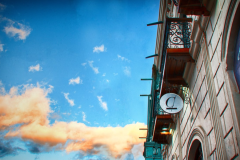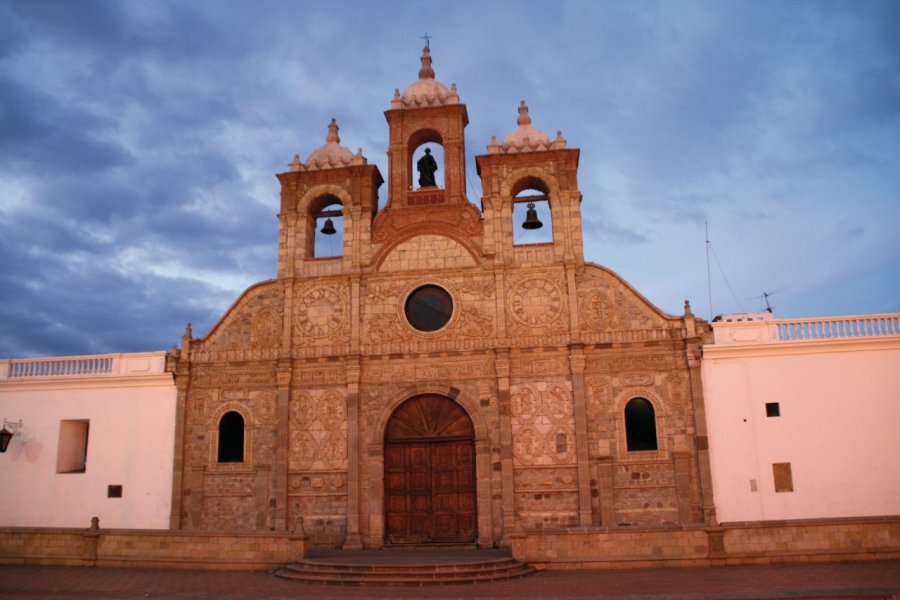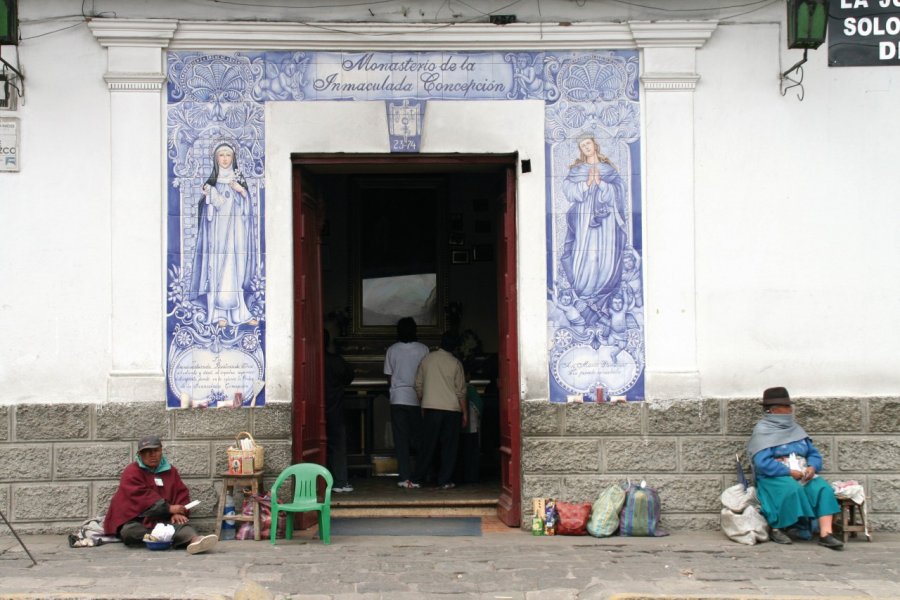Travel Guide Riobamba
Find an accommodation
Advertising
At an altitude of 2,794 m, the town enjoys a dry but cold climate, and its name means "the plain where one passes". It is also known as the "Sultana of the Andes", and its Quichua name means "house of frost". It is surrounded by the snow-capped peaks of the Altar (5,321 m), Carihuairazo (5,020 m), Tungurahua (5,023 m), Cubillín (4,711 m) and Sangay (5,230 m) volcanoes.It's true that the magnificent mountain setting in which it lies is one of the most majestic in the country. San Pedro de Riobamba was founded on August 15, 1534 by Pedro Lizarzaburu and a handful of Spanish notables. Today, the city's wide, straight streets, imposing buildings and tree-lined parks give it a noble, prosperous air, combined with the old-fashioned charm of its decrepit facades. Active by day, Riobamba fades away by night; its nightlife is renowned for its gloom. When confronted with the frigid nights, it's easy to understand why Riobambians prefer to stay at home!The capital of the country's most Indian province. Its main attraction is that it is a good starting point for an ascent of the Chimborazo and El Altar volcanoes, reserved for experienced mountaineers. While the gigantic Saturday market crowds the city center until the end of the day, Sunday is a dead day. The livestock market (pigs, llamas, calves, cows, sheep), little frequented by tourists, is held to the south of the city (take a bus towards the plaza de los Animales).
What to visit Riobamba?
Advertising
Weather at the moment
Advertising
Organize your trip with our partners Riobamba
Transportation
Book your plane tickets
Car Rental
Boat rental
Accommodation & stays
Find a hotel
Holiday rental
Find your campsite
Tailor-made trip
Immersion travel
Services / On site
Activities & visits
Find a doctor














